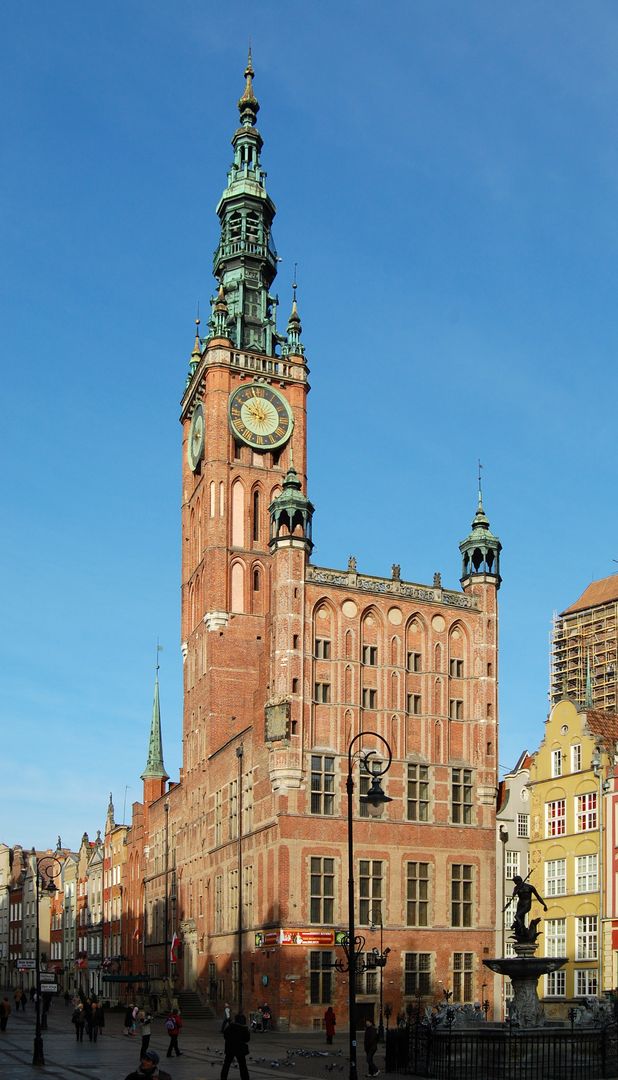Długi Targ
6.27

Overview
Długi Targ in Gdańsk, also known as Langemarkt, is a representative square in the heart of the city, serving as a marketplace and forming part of the Royal Route leading to the Golden Gate. Its history dates back to the 13th century when it was Gdańsk's main merchant route. After being taken over by the Teutonic Knights, it became a key trading site, and during the Middle Ages, important ceremonies, including royal parades, were held here. Długi Targ was first mentioned in city documents as Longa Platea in 1331. The square hosted food markets, including weekly Saturday fairs, as well as executions, including those of witches and heretics. Destroyed during World War II, it was rebuilt with many architectural changes, such as being paved with granite instead of cobblestones.
Długi Targ is surrounded by iconic landmarks, such as the Main Town Hall—a Gothic-Mannerist building with an ornately decorated tower and numerous valuable paintings and sculptures. The Neptune Fountain, first installed in the 17th century, has become an icon of Gdańsk, while Artus Court, known as a meeting place for merchant guilds, impresses with its rich decor and history. The Green Gate, built in 1565 with elements of Dutch Mannerism, now serves as a museum.
The square is also home to elegant Mannerist and Baroque-style tenement houses, which regained part of their original appearance after the war, including the Golden Tenement and the Jurors' Tenement. The square also holds cultural significance as a venue for events and gatherings. Interestingly, Polish kings once stayed at Długi Targ, and the local tenements have served various functions over the years, from commercial to hospitality. In 2018, some of them were sold to be converted into hotel facilities.
Długi Targ remains not only the heart of Gdańsk but also a symbol of its rich history and architecture, blending diverse cultures and traditions.
Location
2025 Wizytor | All Rights Reserved